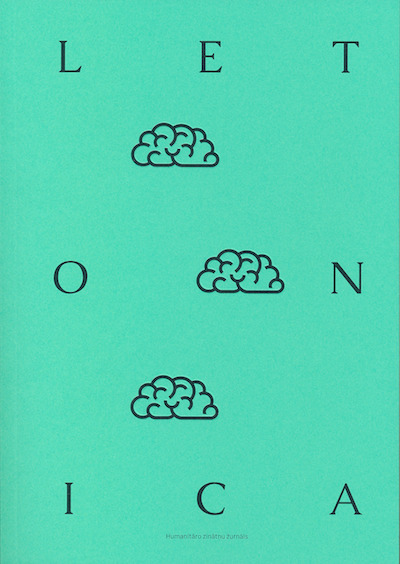Kurzemes-Zemgales hercogistes senās monētu kolekcijas
The Ancient Coin Collections of the Duchy of Courland and Semigallia
Author(s): Viktors DāboliņšSubject(s): Cultural history, Museology & Heritage Studies, Archiving, Cataloguing, 17th Century, 18th Century
Published by: Latvijas Universitātes Literatūras, folkloras un mākslas institūts
Keywords: Duchy of Courland and Semigallia; numismatics; 18th century; collectors; antiquarians;
Summary/Abstract: This article covers the oldest coin and medal collections in the Duchy of Courland and Semigallia with a view to historical knowledge formation. The ideological basis for, methods and principles applied to, and basic problems associated with assembling these collections are each explained. The collecting of coins and medals in Courland began at the end of the 17th and beginning of the 18th centuries, simultaneous with the spread of collecting in Riga and Livonia. At present, three collections of coins and medals are known, those belonging to Magnus von Torck, Samuel Rhanäus and Christoph Georg Ziegenhorn. The registers or copies of von Torck’s and Rhanäus’s collections are the oldest known sources for coin collecting in the territory of present-day Latvia which have been preserved to this day. The registers were compiled at the beginning of the 18th century and are structurally identical because their author was Samuel Rhanäus. The coin descriptions are very primitive, basically indicating their legends, their number in the collection, and the time they had been struck. The legends are approximate and often invented. Overall, the information is of low credibility, making it impossible to completely reconstruct the composition of the collections. The collections have been formed according to the local-historical principle, including only those coins and medals struck in former Livonia and under Polish and Swedish rule. The most problematic for collectors were coinages from the Middle Ages through to the 16th century, when no dating and more complete legends, which would have helped with identifying the coins, were not included. In trying to reconstruct the possible activities of the early collectors, it may be concluded that they worked with very limited knowledge and skills. No catalogue or other publication that would provide information on Livonian coins had yet appeared, the local archives were usually inaccessible, and there were only a very limited number of publications that would present the necessary genealogical information on the seigneurs of Livonia. All of the above conditions gave rise to legends and descriptions containing various interpretations and fantasies. Despite the minimal contribution of the early collectors to Baltic numismatics, it can be observed, even at this early stage, the interdisciplinary character of this subbranch of history.
Journal: Letonica
- Issue Year: 2020
- Issue No: 41
- Page Range: 84-95
- Page Count: 12
- Language: Latvian

